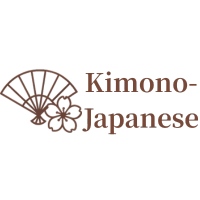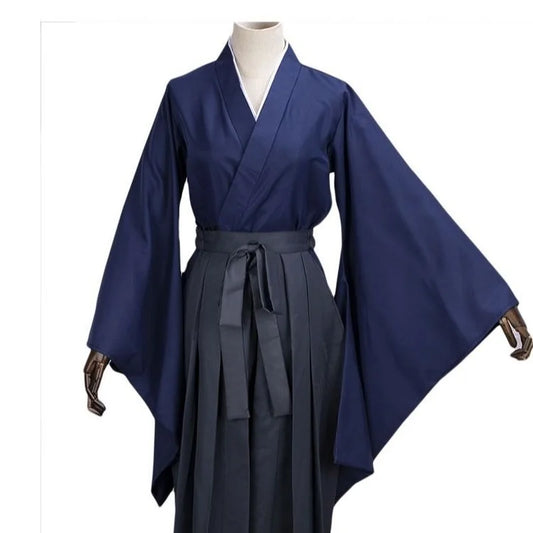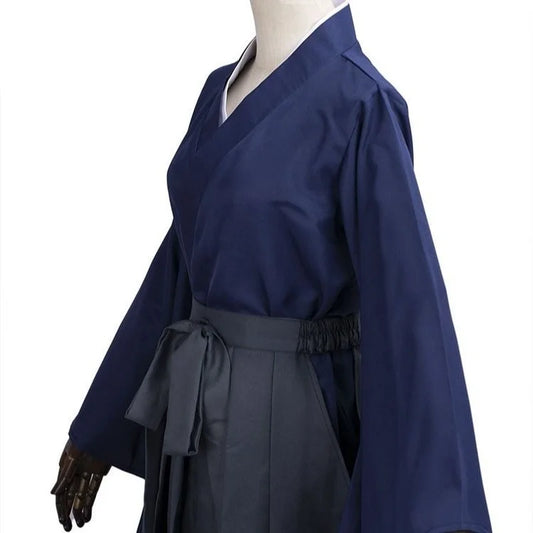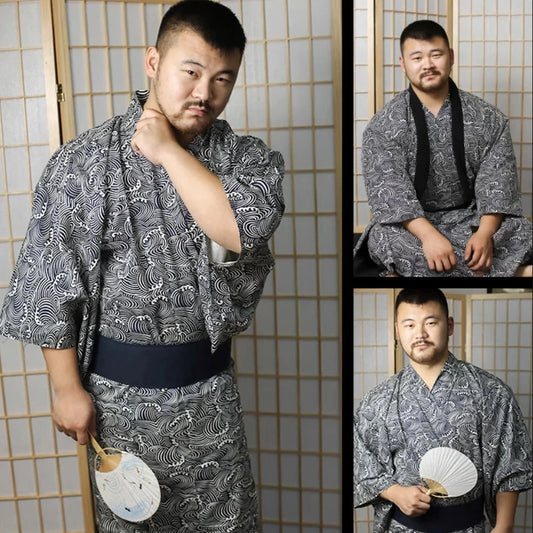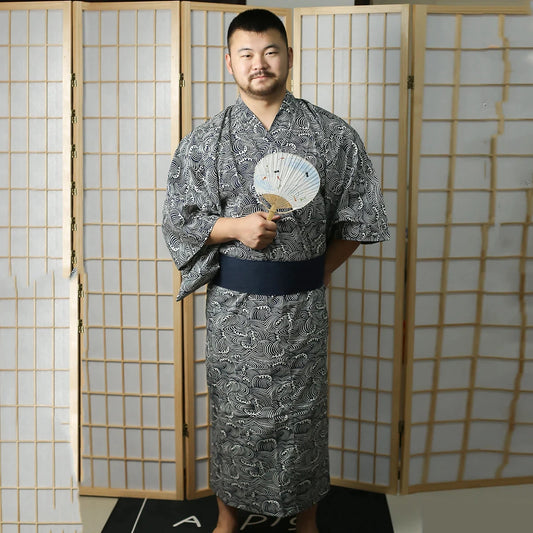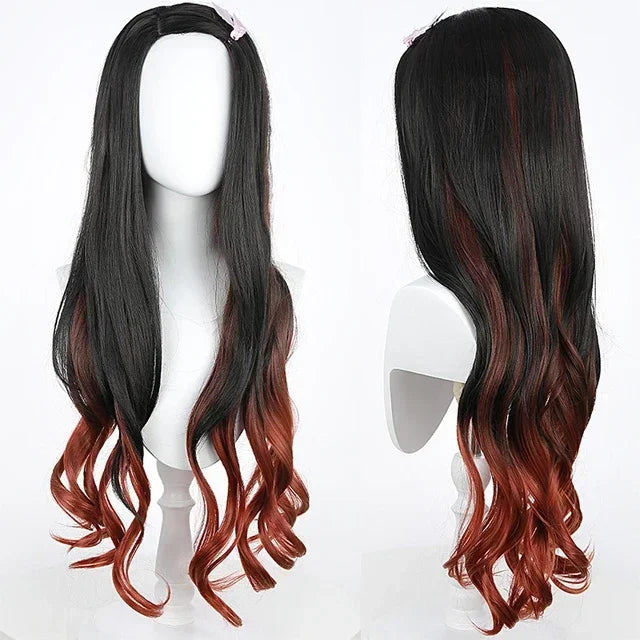What is a Kimono? – The Iconic Japanese Garment Explained
The kimono is one of the most iconic garments in the world. With its straight lines, T-shape structure and flowing silhouette, the traditional Japanese kimono embodies centuries of culture, ritual, and fashion.
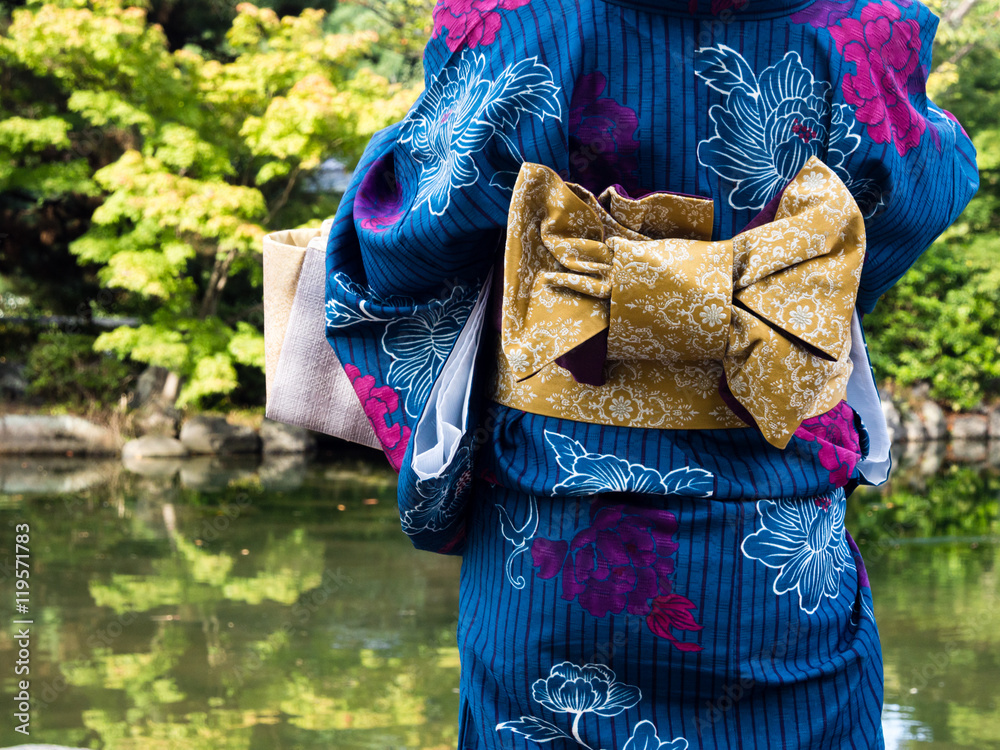
Origins of the Kimono – A History of Elegance
The word "kimono" means “thing to wear” in Japanese. It originated during the Heian period and has evolved over more than 1,000 years.

What Makes a Kimono Unique?
- Structure: T-shaped, with straight seams and wide sleeves
- Length: Usually long, reaching the ankles
- Fabric: Silk, cotton, linen, or modern blends
- Patterns: Seasonal and symbolic
- Belt: The obi, a wide sash tied at the waist
Types of Kimonos
From ceremonial attire to modern fashion, explore the many forms of the kimono:

- Furisode: Formal, long-sleeved kimono for young women
- Yukata: Lightweight summer cotton kimono
- Tomesode: Formal attire for married women
- Komon: Casual patterned kimono
- Houmongi: Elegant, semi-formal kimono
Kimono in the UK – Modern Interpretations
At Kimono-Shop.co.uk, we blend heritage and style. Discover:

Conclusion – A Garment That Tells a Story
The kimono is more than fashion. It is culture, history, and elegance in one timeless piece. Whether you wear it for ceremony or style, you're honouring a thousand-year tradition.
Ready to explore? Browse our full kimono collection and bring Japan to your wardrobe.

